In the age of sustainable urban development, the integration of vertical forests and green roofs into cityscapes has emerged as a pivotal strategy for addressing environmental challenges. As Australia grapples with urbanization and climate change, the question arises: will these green infrastructures become standard in Australian cities? This article delves into the potential of vertical forests and green roofs, exploring their implications for urban planning, the environment, and the economy in Australia.
The Rise of Urban Green Spaces
Vertical forests and green roofs are not just architectural trends; they represent a shift towards more sustainable urban living. These green infrastructures offer numerous benefits, including improved air quality, reduced urban heat, and enhanced biodiversity. In Australia, where urban areas are expanding rapidly, such innovations are crucial. According to the Australian Bureau of Statistics (ABS), the urban population is expected to grow by 20% by 2030, necessitating smarter city planning solutions.
Case Study: Bosco Verticale in Milan
To understand the potential impact in Australia, consider the Bosco Verticale in Milan, Italy. This groundbreaking project features two residential towers adorned with over 900 trees and 5,000 shrubs. The vertical forest has not only enhanced the aesthetic appeal of Milan's skyline but also improved air quality and reduced noise pollution. Such initiatives could serve as a blueprint for Australian cities like Sydney and Melbourne, where urban greening can mitigate the effects of climate change.
Economic and Environmental Impacts
The economic implications of integrating vertical forests and green roofs are profound. According to a report by the Reserve Bank of Australia (RBA), urban greening can increase property values by up to 15%. Moreover, green roofs can reduce energy costs by insulating buildings, leading to savings of up to 30% on heating and cooling. Environmentally, these infrastructures can significantly reduce carbon emissions, aligning with Australia's commitment to achieving net-zero emissions by 2050.
Australia's Policy Landscape
The Australian government has recognized the importance of sustainable urban planning. The Green Building Council of Australia (GBCA) has set forth guidelines promoting the use of green roofs and walls. Additionally, the Australian Competition & Consumer Commission (ACCC) supports initiatives that enhance urban sustainability. These policies are crucial for fostering an environment where green infrastructures can thrive.
Challenges and Considerations
Despite the benefits, integrating vertical forests and green roofs in Australian cities is not without challenges. Construction costs can be prohibitive, and maintenance requires specialized expertise. Furthermore, regulatory frameworks need to be adapted to facilitate the adoption of these technologies. The Australian Prudential Regulation Authority (APRA) is actively working on developing guidelines to address these challenges, ensuring that urban greening projects are both feasible and sustainable.
Pros and Cons
Pros:
- Environmental Benefits: Improved air quality and reduced urban heat.
- Economic Growth: Increased property values and reduced energy costs.
- Biodiversity: Enhanced urban ecosystems and wildlife habitats.
Cons:
- High Initial Costs: Significant investment required for construction and maintenance.
- Regulatory Hurdles: Need for updated policies and guidelines.
- Technical Expertise: Specialized knowledge required for maintenance.
Future Trends and Predictions
Looking ahead, the adoption of vertical forests and green roofs in Australian cities is likely to accelerate. By 2030, it is predicted that 50% of new urban developments in Australia will incorporate green infrastructure, according to a report by CSIRO. This trend will be driven by advancements in green technology and increasing public awareness of environmental issues.
Common Myths and Realities
Myth: Green roofs are only suitable for large commercial buildings. Reality: Green roofs can be adapted for residential properties, offering energy savings and aesthetic benefits.
Myth: Vertical forests require constant maintenance. Reality: While maintenance is necessary, advancements in technology have made it more manageable and cost-effective.
Biggest Mistakes to Avoid
- Ignoring Local Climate: Not all plant species are suitable for Australia's diverse climates. Choose native species for sustainability.
- Underestimating Costs: Failing to budget for maintenance can lead to financial strain. Plan for long-term sustainability.
- Lack of Expertise: Engage with experts to ensure the successful implementation and maintenance of green infrastructures.
Conclusion
As Australia continues to urbanize, the integration of vertical forests and green roofs could become a standard feature in city planning. These green infrastructures offer numerous benefits, from economic growth to environmental sustainability. However, challenges remain, and careful planning and policy support are essential for their widespread adoption. As cities strive to become more sustainable, vertical forests and green roofs could play a pivotal role in shaping a greener future for Australia.
Final Takeaways
- Vertical forests and green roofs offer significant economic and environmental benefits.
- Australia's policy landscape supports the integration of green infrastructure in urban planning.
- Challenges remain, but advancements in technology and policy are paving the way for widespread adoption.
People Also Ask (FAQ)
How do vertical forests impact urban environments? Vertical forests improve air quality, reduce urban heat, and enhance biodiversity, creating healthier urban environments.
What are the economic benefits of green roofs? Green roofs can increase property values by up to 15% and reduce energy costs by 30%, according to the RBA.
What challenges do vertical forests face in Australia? Challenges include high initial costs, regulatory hurdles, and the need for specialized maintenance expertise.
Related Search Queries
- Vertical forests in Australian cities
- Green roofs benefits Australia
- Sustainable urban development Australia
- Vertical gardens Sydney
- Green building standards Australia
- Benefits of green infrastructure
- Urban heat island effect solutions
- Native plants for green roofs
- Vertical forest case studies
- Future of urban greening in Australia






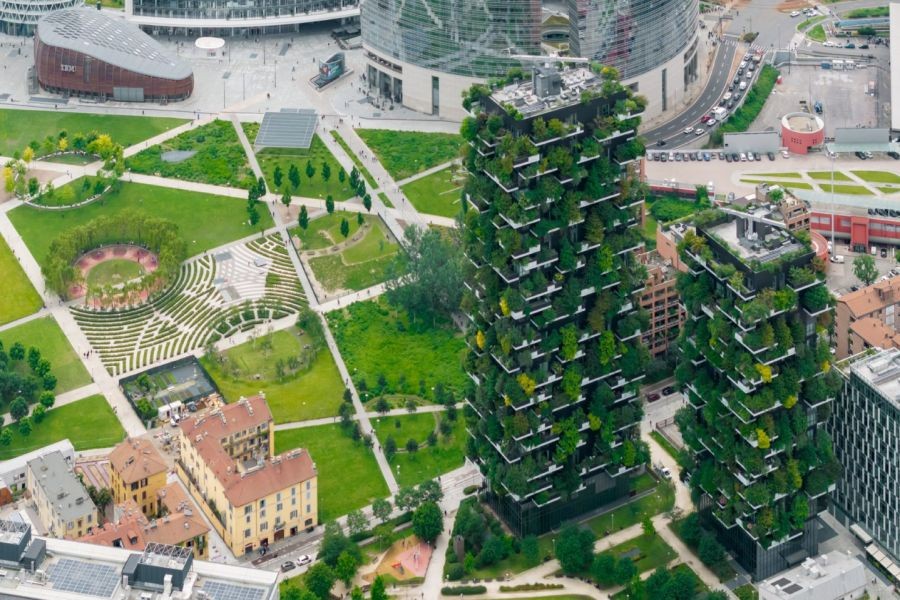


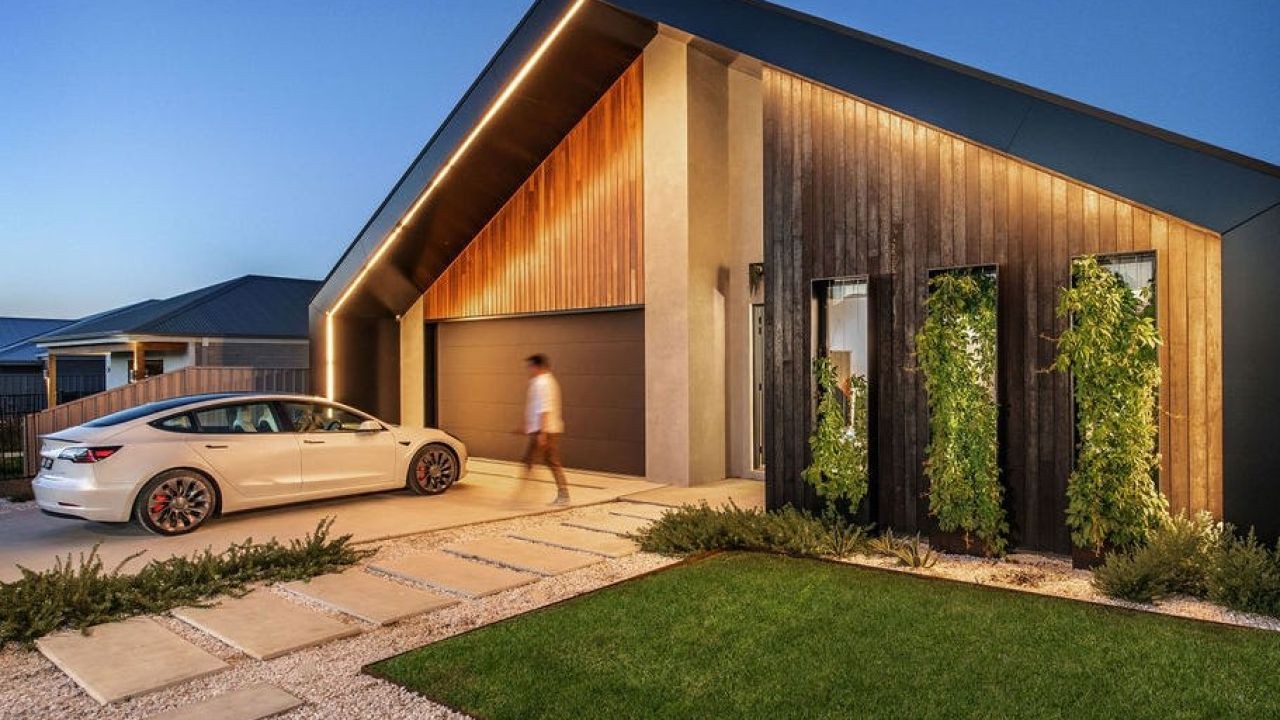








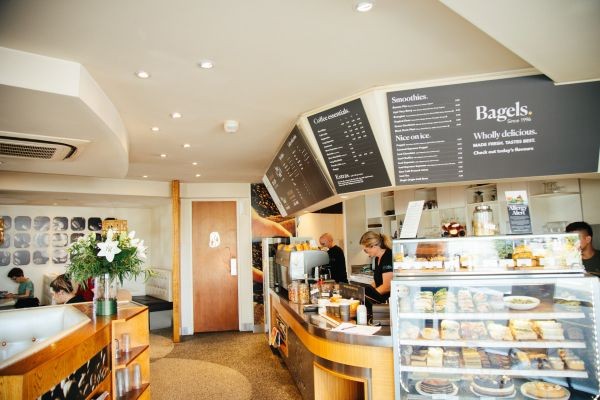


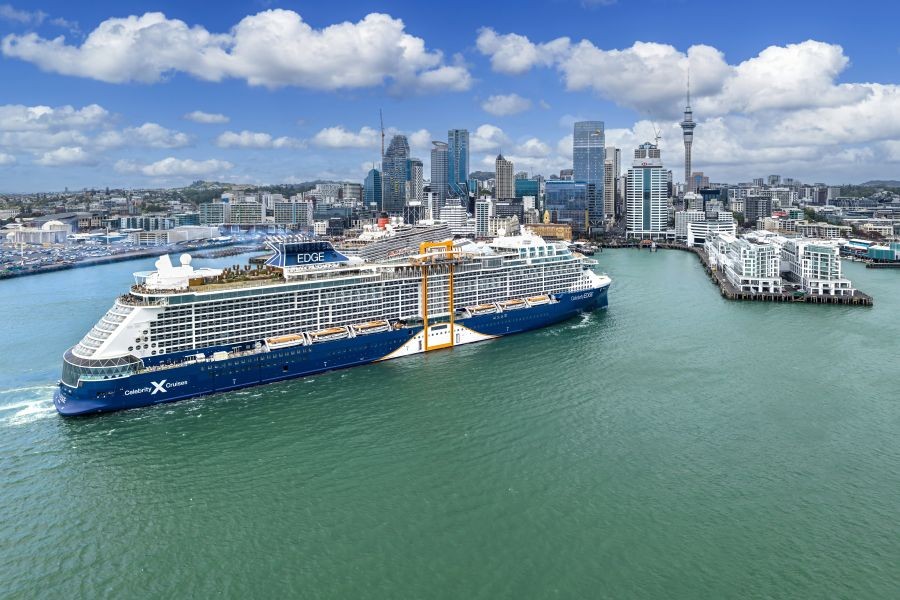

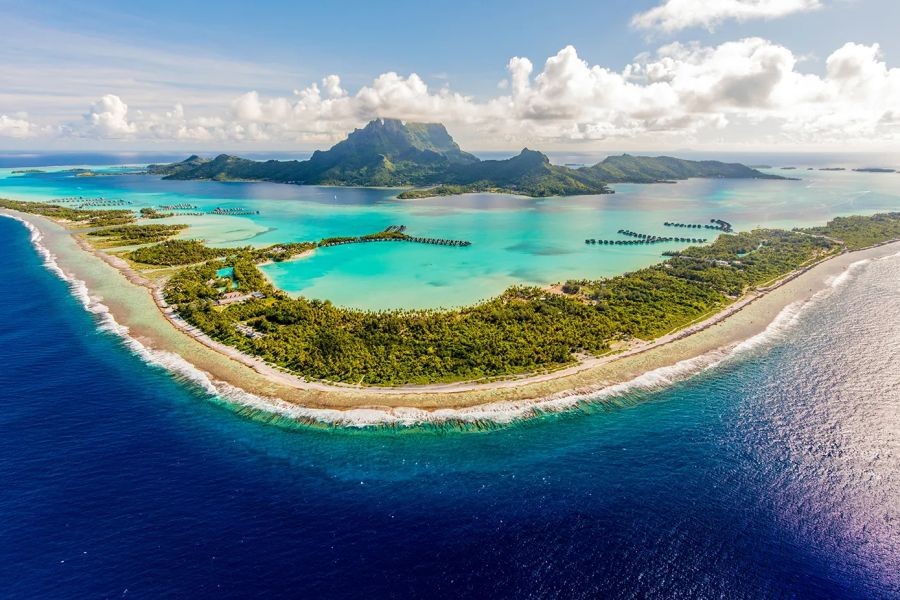







lawannamcilwra
6 months ago